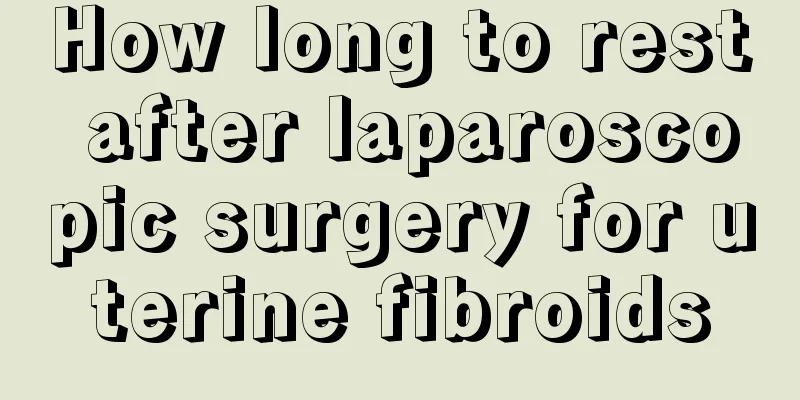What are the causes of endometriosis?

|
Endometriosis is a very harmful disease and needs to be treated according to the patient's actual condition. From a clinical perspective, common causes of endometriosis include reflux implantation factors, hematogenous-lymphatic spread, coelomic epithelial metaplasia, immune factors, etc. Only by treating the disease according to these causes can the best effect be achieved. 1. Countercurrent planting factors (20%): In 1921, Sampson proposed the theory that the endometrium implants along with the retrograde flow of menstrual blood through the fallopian tube. To this day, the theory of retrograde menstruation is still accepted by most people. The basis for this is that viable endometrial cells can be found in the retrograde menstrual blood in the pelvic cavity. Endometriosis in surgical scars is strong evidence for the endometrial implantation theory, but Sampson's theory cannot explain endometriosis outside the pelvic cavity. In addition, iatrogenic dissemination also supports the implantation theory. A typical example is endometriosis in abdominal wall scars after cesarean section, which accounts for about 90% of endometriosis in abdominal wall scars. 2. Hematogenous-lymphatic spread (25%): Endometrial tissue can metastasize to distant sites through the blood and lymph nodes, but systemic endometriosis should not be so rare. It is difficult to determine whether this is related to the body's immune function. 3. Coelomic metaplasia (5%): So far, there is no sufficient clinical report and experimental evidence for this theory. 4. Immune factors (18%): Immune mechanisms play an important role in the occurrence and development of endometriosis. Studies in recent years have shown that the onset of endometriosis may be caused by an imbalance between immunosuppression and immunopromotion, leading to immune loss of control. In the early stages of the disease, the body shows an active immune response. At this time, the number of NK cells and macrophages increases, lymphocyte activity increases, cytotoxicity increases, and multiple pathways are initiated to clear ectopic endometrial fragments. However, in the process of the interaction between harmful factors (such as immunosuppressive factors) released by endometrial tissue and the immune system, the immune system is induced to release a series of feedback factors, which synergistically further inhibit the clearance of ectopic endometrium by immune active cells and reverse the immune system to an immune promotion phenomenon, that is, a series of active factors are released by immune cells to promote the implantation, adhesion, and proliferation of ectopic endometrium. The clinical characteristics and autoantibodies of the disease may be monoclonal activation patterns, indicating that it has the characteristics of an autoimmune disease. |
<<: Can I get pregnant naturally with hydrosalpinx?
>>: What is the best way to spend the month?
Recommend
Don’t panic if you have muscular torticollis. Rehabilitation therapy can help.
In life, mothers often say, "When my baby is...
[Medical Q&A] What exactly are dust mites that often cause allergies?
Author: Wang Ling Children's Hospital Affilia...
How much is a cup of Heytea Oreo Bobo Ice? Is Heytea Oreo Bobo Ice delicious? How does it taste?
As we all know, Heytea is a popular beverage shop...
What disease is there in women's urethral discharge?
Most women who sit in the office for a long time ...
Post-weaning breast hyperplasia
Postpartum women generally choose to breastfeed b...
Why do I keep dreaming at night after getting pregnant?
Once women become pregnant, many changes will occ...
Are you taking calcium supplements correctly?
"Doctor, my child doesn't like to eat mu...
Food Safety | Pears are rich in nutritional value, but these types of people are best to eat less!
...
What does it mean when the left ovary is echoless?
When we do a gynecological examination and abdomi...
Treatment for general weakness in pregnant women
Problems such as general weakness in pregnant wom...
What are the symptoms of menstrual disorders?
Many women experience delayed or early menstruati...
How to choose the right champagne? What are the storage tips for champagne?
In daily life, many people know a lot about red w...
How to remedy headaches during the confinement period?
The body is very weak during the confinement peri...
How to remove the fishy smell without cooking wine? What can I use to remove the fishy smell without cooking wine?
As we all know, fish is a common meat food. It ha...









